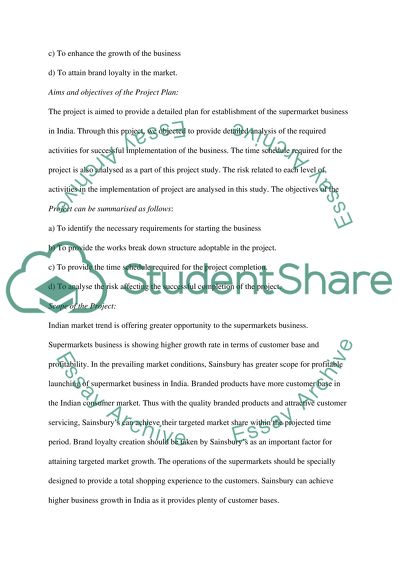Cite this document
(“Opening of Sainsbury's (Supermarket) in India Essay”, n.d.)
Opening of Sainsbury's (Supermarket) in India Essay. Retrieved from https://studentshare.org/miscellaneous/1551289-opening-of-sainsburys-supermarket-in-india
Opening of Sainsbury's (Supermarket) in India Essay. Retrieved from https://studentshare.org/miscellaneous/1551289-opening-of-sainsburys-supermarket-in-india
(Opening of Sainsbury'S (Supermarket) in India Essay)
Opening of Sainsbury'S (Supermarket) in India Essay. https://studentshare.org/miscellaneous/1551289-opening-of-sainsburys-supermarket-in-india.
Opening of Sainsbury'S (Supermarket) in India Essay. https://studentshare.org/miscellaneous/1551289-opening-of-sainsburys-supermarket-in-india.
“Opening of Sainsbury'S (Supermarket) in India Essay”, n.d. https://studentshare.org/miscellaneous/1551289-opening-of-sainsburys-supermarket-in-india.


